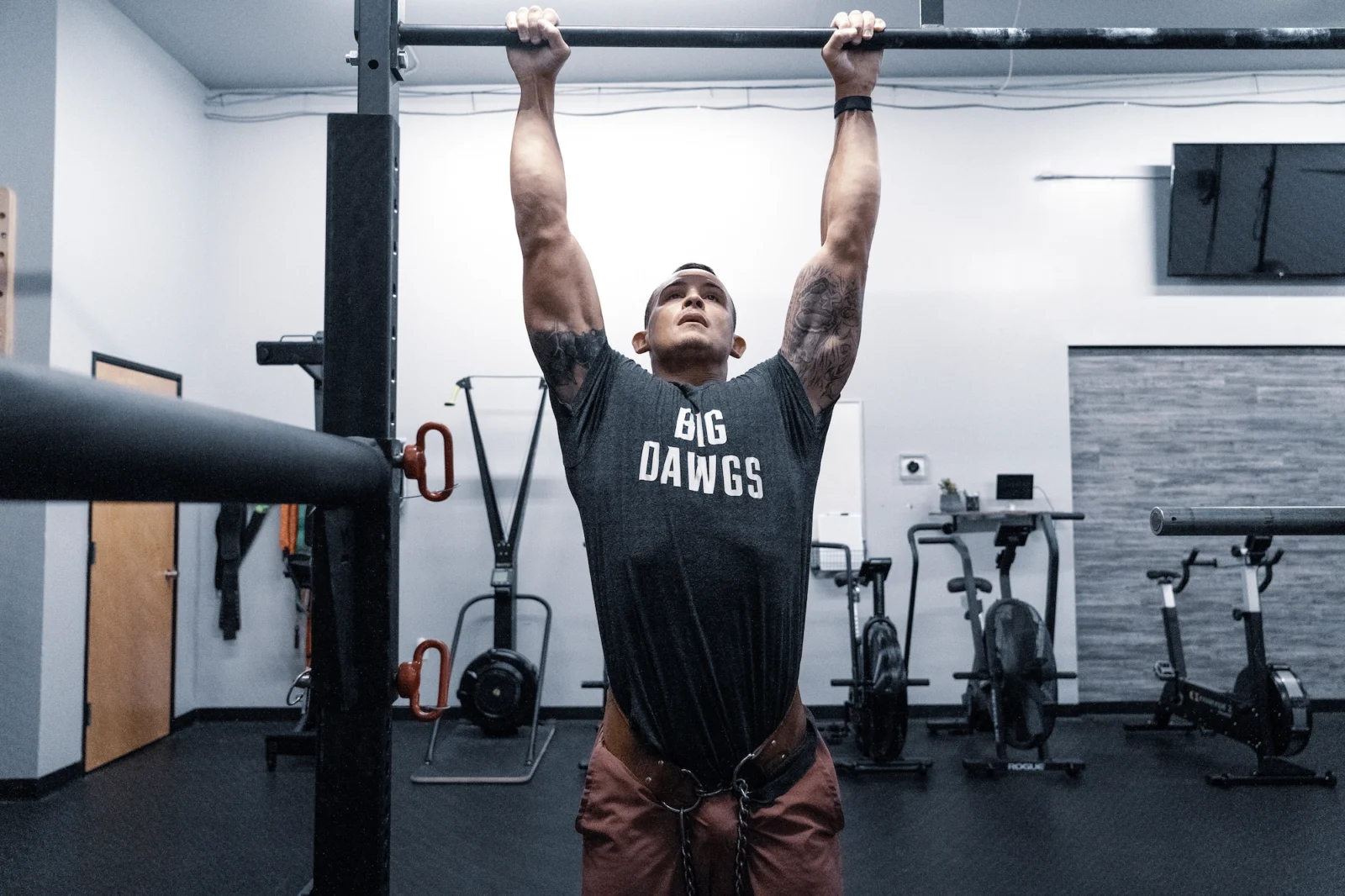Why Strength Training Improves Looks, Health & Performance

If you lift weights, you likely want to build muscle, increase your strength or improve your health. Strength training can lead to all three outcomes
I have an outcome-biased perspective on health and fitness as a whole. By this, I mean I always ask myself, “Why?” when determining if something is good or bad, right or wrong, smart or dumb. With this perspective, I’m going to dig into the three biggest reasons people lift weights…to get bigger, stronger or generally healthier. To do this, I’ll share a closer look at the mechanisms of strength training and how these mechanisms correlate with these three major goals.
But first, what do I mean by mechanisms? Mechanisms are the underlying processes or physiological pathways in that a particular exercise or training stimulus produces specific adaptations in the body. They help explain the cause-and-effect relationship between the exercise stimulus and the physiological response or adaptation that occurs as a result. Understanding these mechanisms allows us to train with more intent and with purpose.
Goal #1: Get Bigger
A lot of people are motivated to lift weights to grow their muscles. We could go down a rabbit hole in exploring how to do this, the best practices, amount of sets, time under tension, etc., but instead, let’s look at the mechanisms of growing muscle tissue.
- Muscle Fiber Recruitment and Activation: Every weight lifted is a call to our muscles. Initiating with smaller muscle fibers, the body, when challenged with increased activation, calls upon larger fibers. This recruitment is the starting point of muscle development.
- Hypertrophy: Beyond recruitment, the actual muscle growth happens at the cellular level. Resistance training serves as a signal, triggering protein synthesis in muscle cells. This synthesis results in hypertrophy, the enlargement of muscle cells, culminating in visible muscle growth.
These aren’t the only two mechanisms to understand when considering muscle growth, but we should understand them as it relates to strength training. We should simply understand that I have to recruit, or use, a muscle to start the process of breaking it down to lead to hypertrophic effects.

Goal #2: Get Stronger
While muscle size is a piece of the strength equation, the real essence of strength lies in power, efficiency and functionality.
- Neural Adaptation: The brain-muscle connection is pivotal for strength. As we perform resistance training, neural pathways become more refined. This efficiency translates to better muscle activation, force production and, therefore, overall strength.
- Motor Control and Balance: The more efficiently we move our bodies and external loads through space, the greater our potential to be strong. This is a major reason we teach our coaches to acquire motor control in patterns prior to moving to maximum contractions. We should use resistance training first to improve neuromuscular coordination, as this will ensure our movements are efficient and safe, giving us a solid foundation to build upon.
- Connective Tissue Strengthening: Muscles don’t function in isolation. They’re supported by tendons, ligaments, joints and other connective tissues. Resistance training strengthens these tissues, ensuring that our muscular strength is well-supported, reducing the risk of injuries and, again, increasing our strength potential.
To get stronger, you simply have to lift heavier weights over time, but understanding these mechanisms provides a base of knowledge of what is happening under the hood and how to build a greater strength potential.
(If you’re interested in digging deeper into program design for hypertrophy vs. strength, read this free guide.)
Goal #3: Get Healthier
Although longevity, healthspan and vitality are buzzwords today (and for good reason), at OPEX we’ve been discussing this outcome as the most important and impactful one for over a decade now. Below are some of the heaviest-hitting mechanisms when considering this goal.
- Metabolic Adaptations: Each weight lifted revs up our metabolism. Resistance training optimizes muscle metabolism, leading to improved energy utilization, fat burning and the stabilization of blood sugar levels.
- Bone Density Augmentation: Our skeletal system responds dynamically to resistance training. The applied stress promotes bone remodeling, enhancing mineral density and offering a shield against conditions like osteoporosis, which is vital as we age.
- Joint Function and Stability: Every joint in our body relies on muscular support. By strengthening muscles around them, resistance training ensures joint stability and minimizes injury risks.
- Cardiovascular Health: The heart, often overlooked in resistance training discussions, reaps significant benefits. Resistance exercises improve cardiovascular metrics, from resting heart rate and blood pressure to arterial function and overall cardiorespiratory performance.
By understanding the mechanisms behind muscle growth, strength and overall health benefits, we can approach resistance training with informed intention. When we approach resistance training in this way, it simplifies the process as a coach and allows us to be confident in the prescription we’re giving our clients to help them achieve whatever their goal might be.
See Carl’s previous column here.
Next week’s column: 3 Reasons To Do Aerobic Training
Carl Hardwick, CEO of OPEX Fitness & CoachRx, is a strong advocate for bringing honor to the coaching profession and raising the value of all fitness coaches. He lectures frequently about program design, business systems, and building a sustainable coaching career. Follow him on Instagram @hardwickcarl and OPEX Fitness on YouTube



